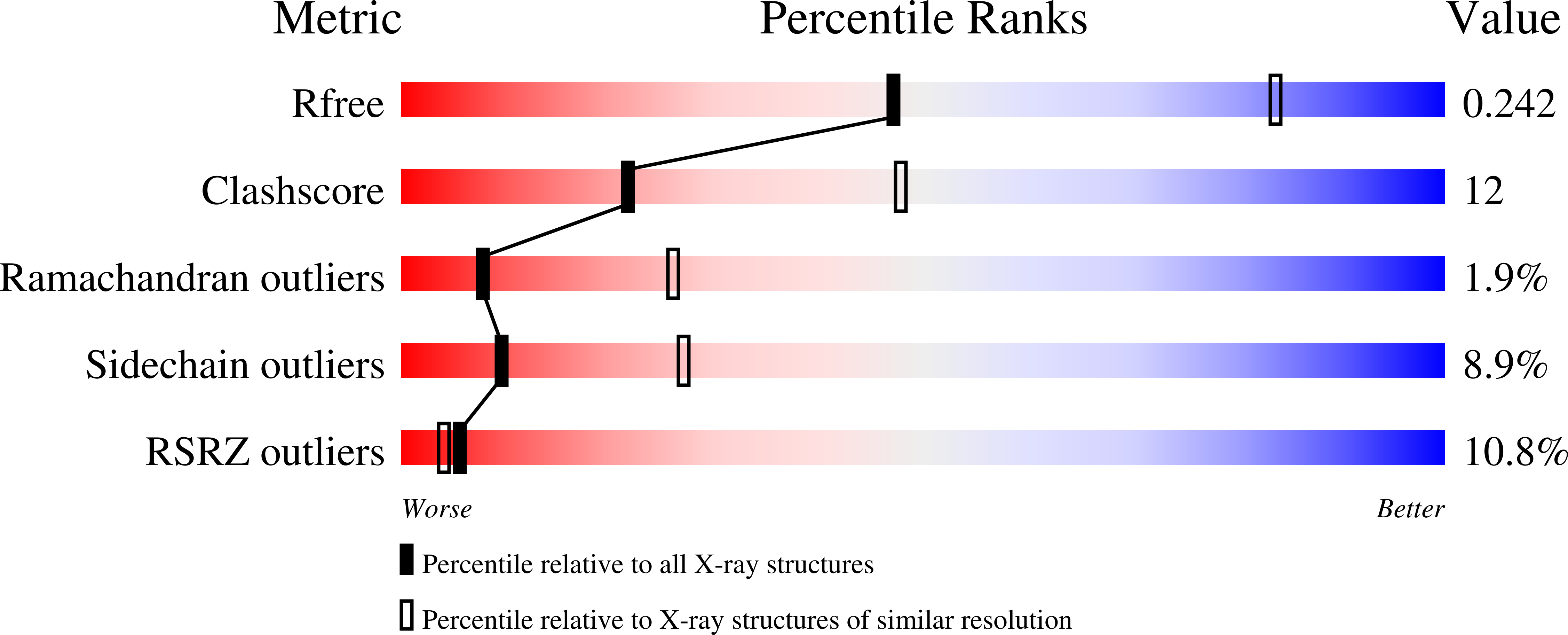
Deposition Date
2007-10-17
Release Date
2008-05-13
Last Version Date
2024-06-19
Entry Detail
PDB ID:
2VE7
Keywords:
Title:
Crystal structure of a bonsai version of the human Ndc80 complex
Biological Source:
Source Organism:
HOMO SAPIENS (Taxon ID: 9606)
Host Organism:
Method Details:
Experimental Method:
Resolution:
2.88 Å
R-Value Free:
0.26
R-Value Work:
0.23
R-Value Observed:
0.23
Space Group:
P 21 21 2


